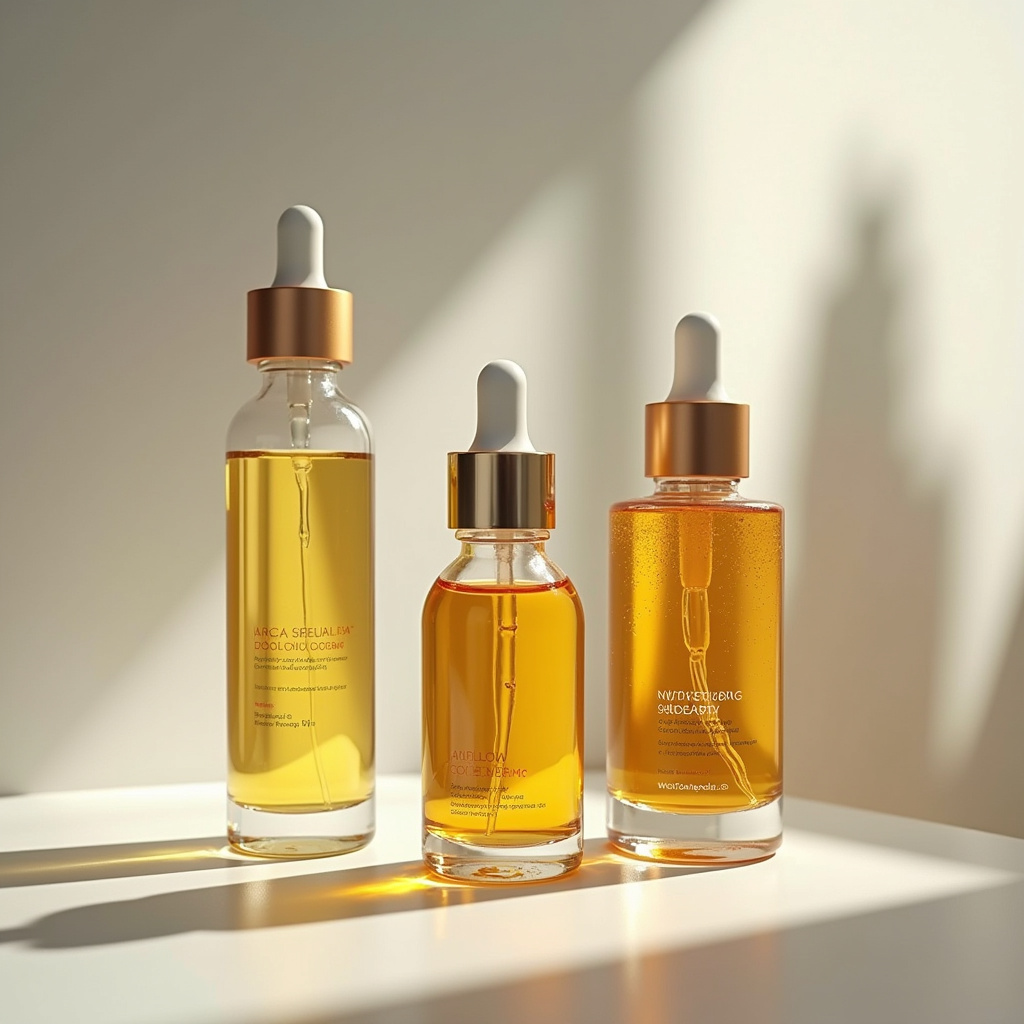Introduction to Skincare Layering
Skincare layering can seem daunting, especially with so many products available today. But fear not! With a little understanding of how different products work and how to use them together, you can create a skincare routine that suits your needs and enhances your skin’s health. In this article, we will explore the essentials of skincare layering, from serums to oils, and how to use them for the best results.
What is Skincare Layering?
Skincare layering is the practice of applying multiple products in a specific order to maximize their effectiveness. This method allows active ingredients to penetrate the skin better and deliver optimal results. When done correctly, layering can help address various skin concerns such as dryness, aging, and acne.
The Basic Order of Application
When layering your skincare products, it’s important to follow a specific order to ensure that each product can work its magic effectively. Here’s a simple guide:
- Cleanser: Start with a good cleanser to remove dirt, oil, and makeup.
- Toner: Apply toner to balance your skin’s pH and prep it for the next steps.
- Serums: Use serums targeted at specific skin concerns, such as hydration or brightening.
- Moisturizer: Lock in hydration with a moisturizer suitable for your skin type.
- Oils: Finish with facial oils to seal in moisture and provide added nourishment.
Understanding Serums
Serums are lightweight, fast-absorbing liquids packed with active ingredients. They target specific skin issues like fine lines, hyperpigmentation, or dehydration. Because of their potent formulas, serums should be applied after toning and before moisturizing. Here are a few popular types of serums:
- Hydrating Serums: Often contain hyaluronic acid to boost moisture levels.
- Brightening Serums: Typically include vitamin C to improve skin tone and clarity.
- Anti-Aging Serums: May contain retinol or peptides to reduce the appearance of wrinkles.
The Role of Moisturizers
Moisturizers help to hydrate and protect the skin’s barrier. They can come in various forms, including creams, lotions, and gels. Choosing the right moisturizer depends on your skin type:
- Oily Skin: Lightweight, oil-free gels work best.
- Dry Skin: Creams with rich, emollient ingredients are ideal.
- Combination Skin: Look for a balanced formula that hydrates without feeling heavy.
Incorporating Oils into Your Routine
Facial oils can be a fantastic addition to your skincare routine, especially if you have dry or dehydrated skin. Oils help to seal moisture in and provide a protective barrier against environmental stressors. Here are a few tips for using oils:
- Layer on Top: Always apply oils as the last step in your skincare routine, after moisturizer.
- Use Sparingly: A little goes a long way; just a few drops can be enough.
- Choose Wisely: Select oils based on your skin type; for example, jojoba oil is great for oily skin, while argan oil is excellent for dry skin.
Common Mistakes in Skincare Layering
Even with the best intentions, layering can sometimes go wrong. Here are some common mistakes to avoid:
- Using Too Many Products: Less is often more. Stick to a few key products that address your main concerns.
- Not Allowing Time Between Layers: Give each layer a minute or two to absorb before applying the next to avoid pilling.
- Ignoring Skin Type: Always choose products that are suitable for your specific skin type.
Conclusion
Understanding skincare layering can elevate your skincare routine and help you achieve healthier, more radiant skin. By knowing the correct order to apply your products and selecting the right ones for your skin type, you can maximize the benefits of each product. Remember, skincare is a personal journey, so take your time and enjoy discovering what works best for you!




